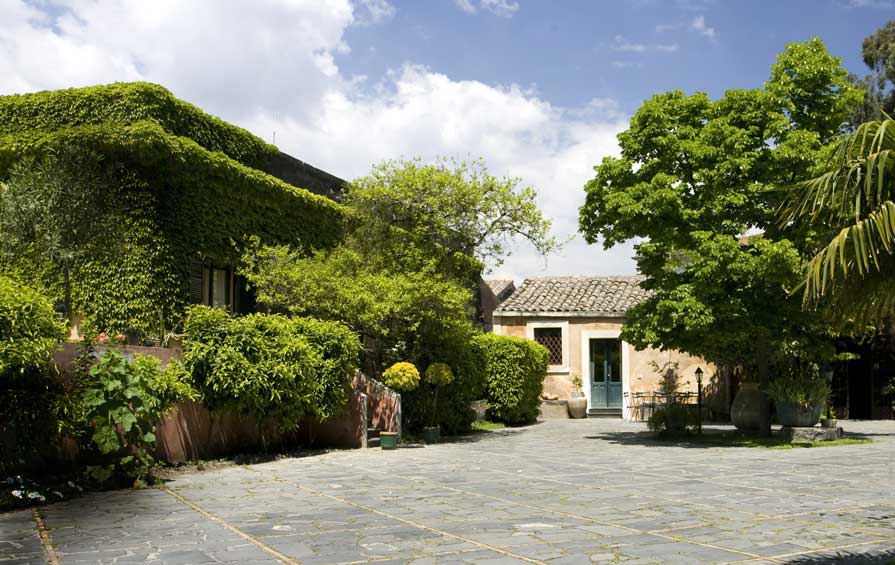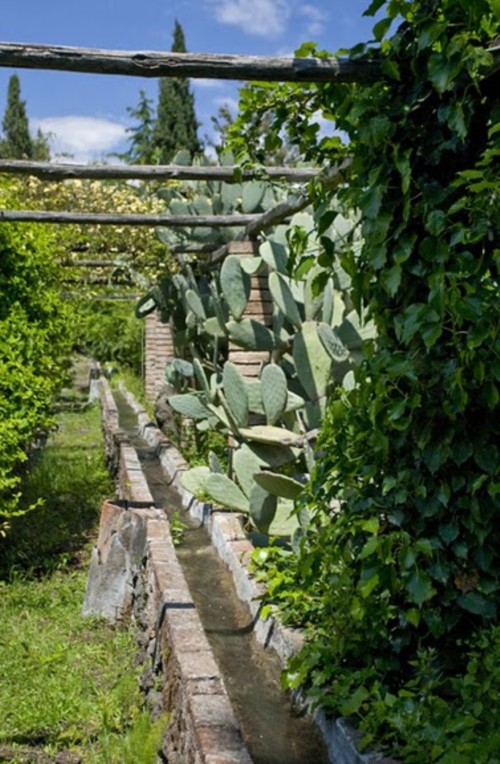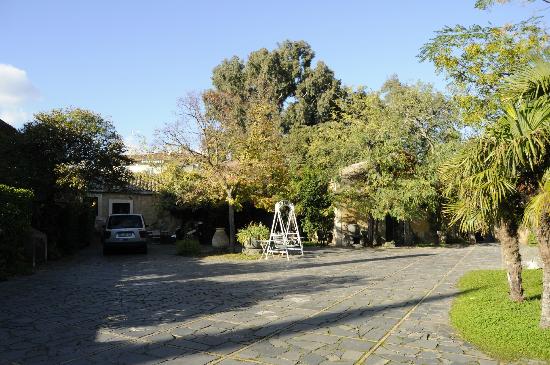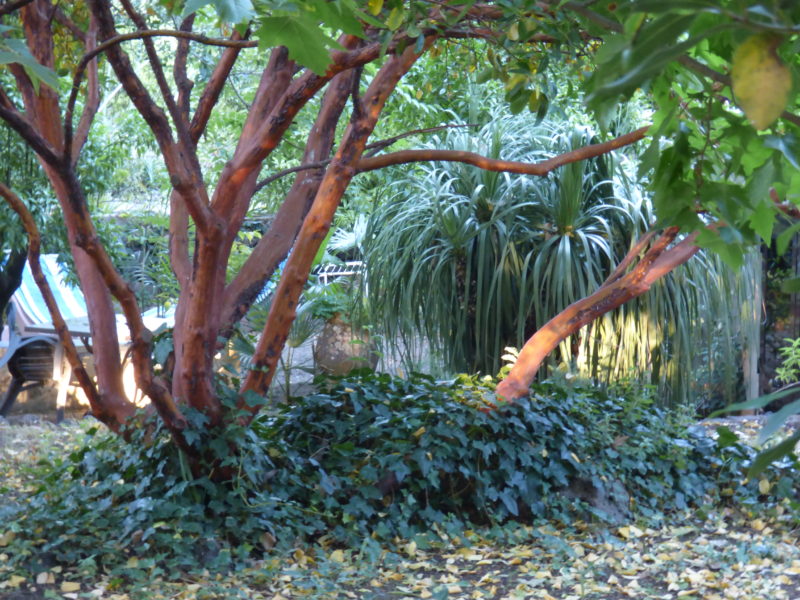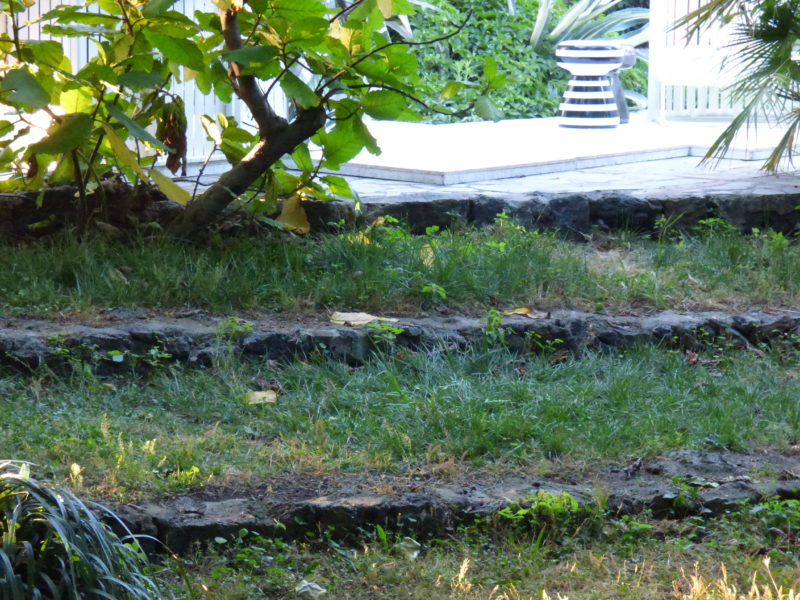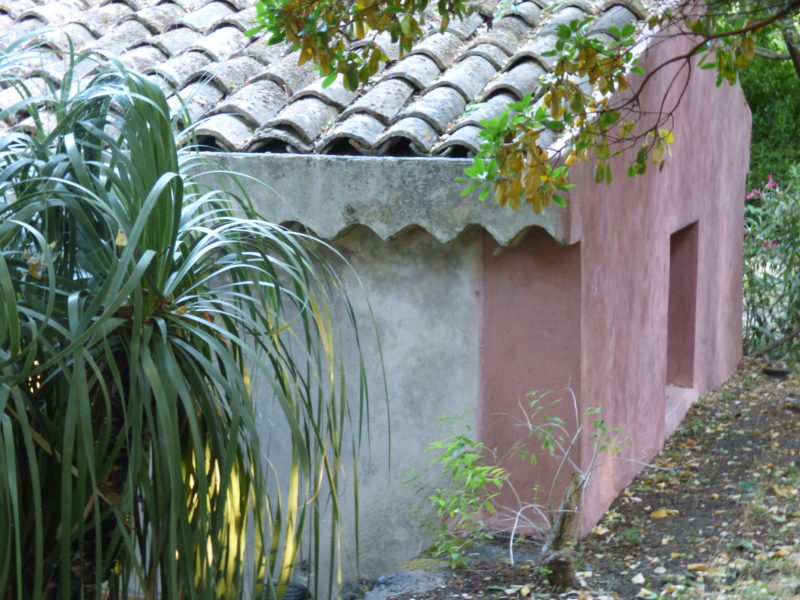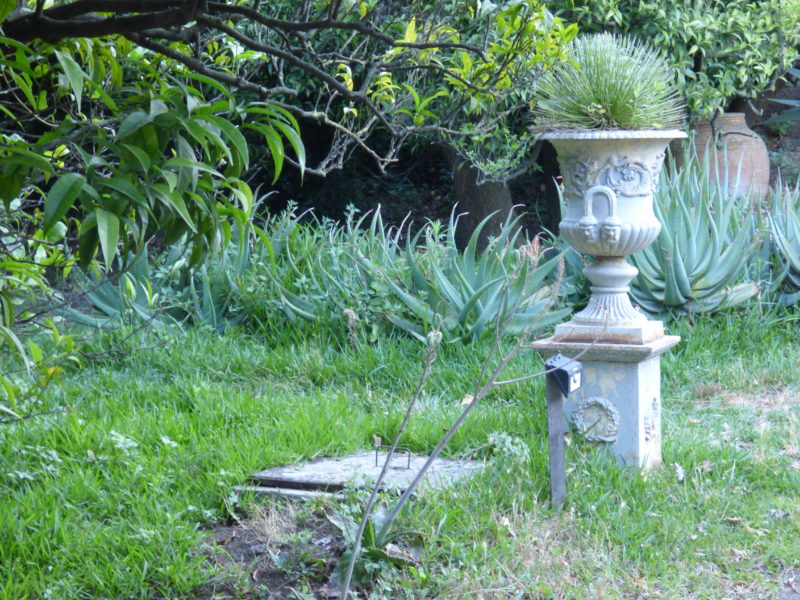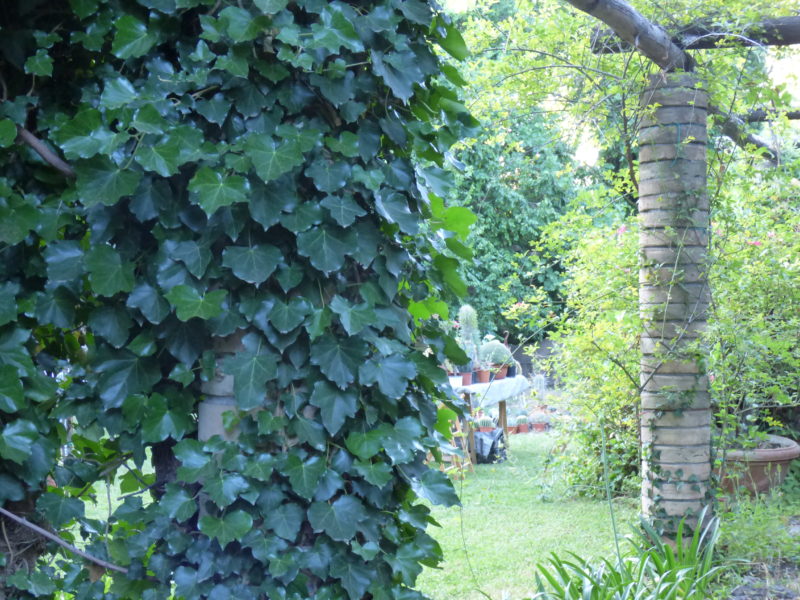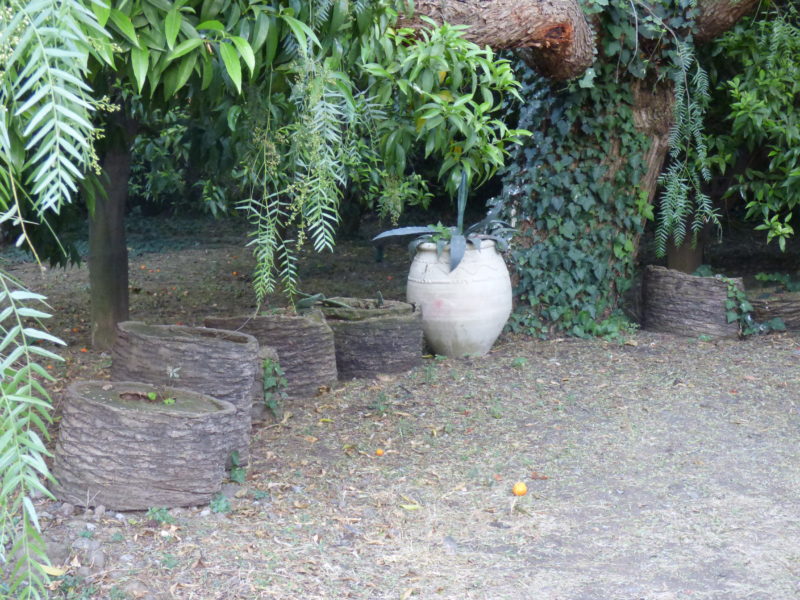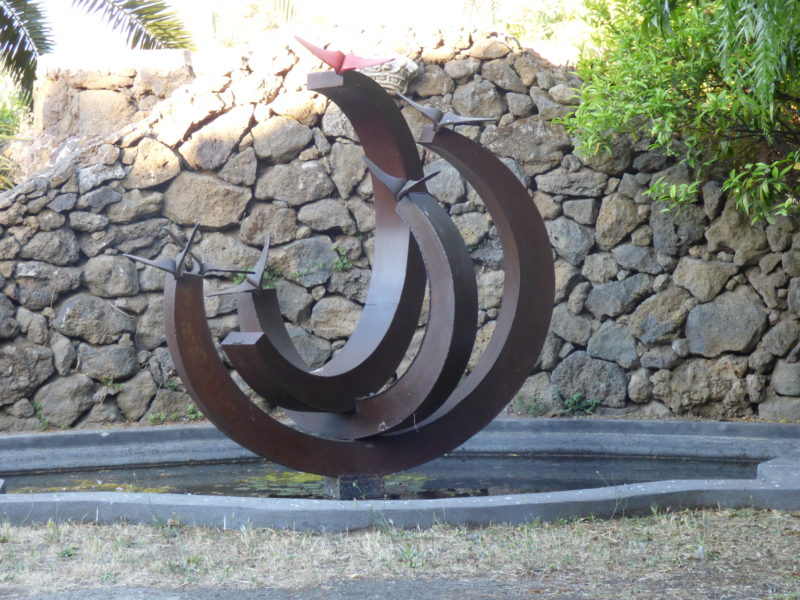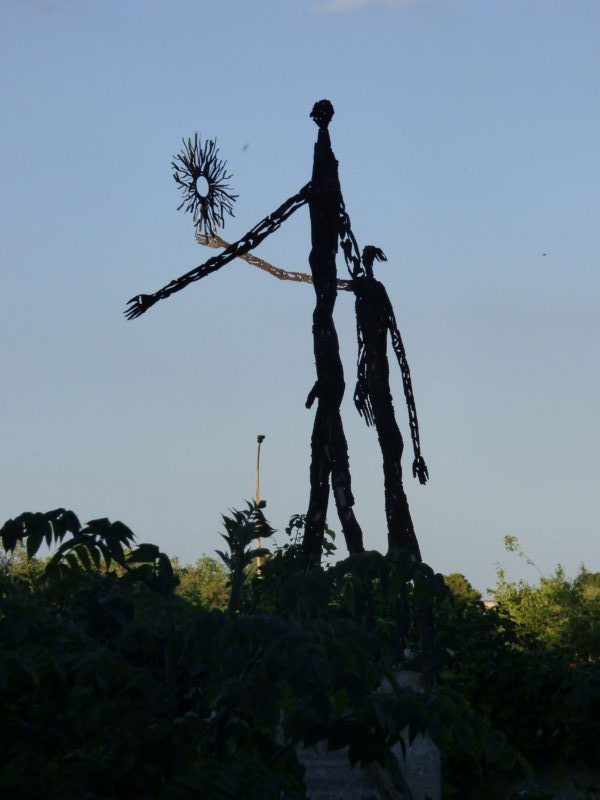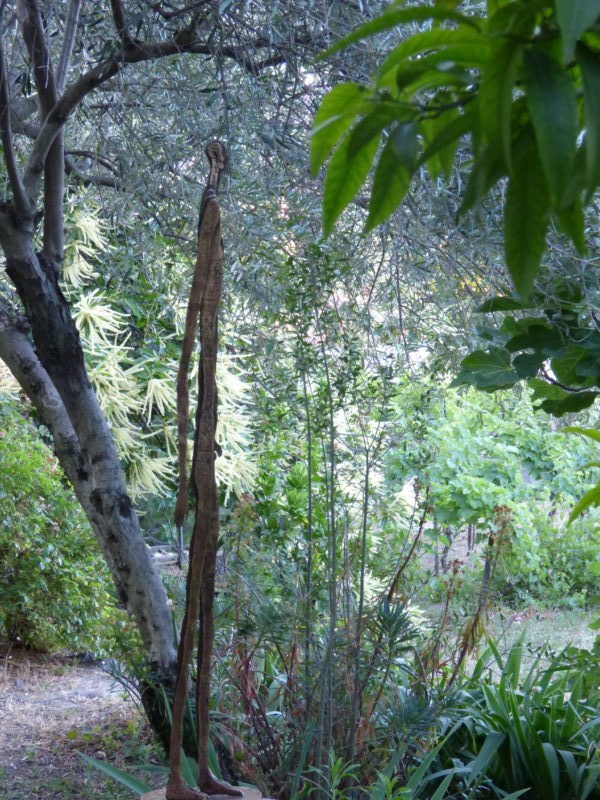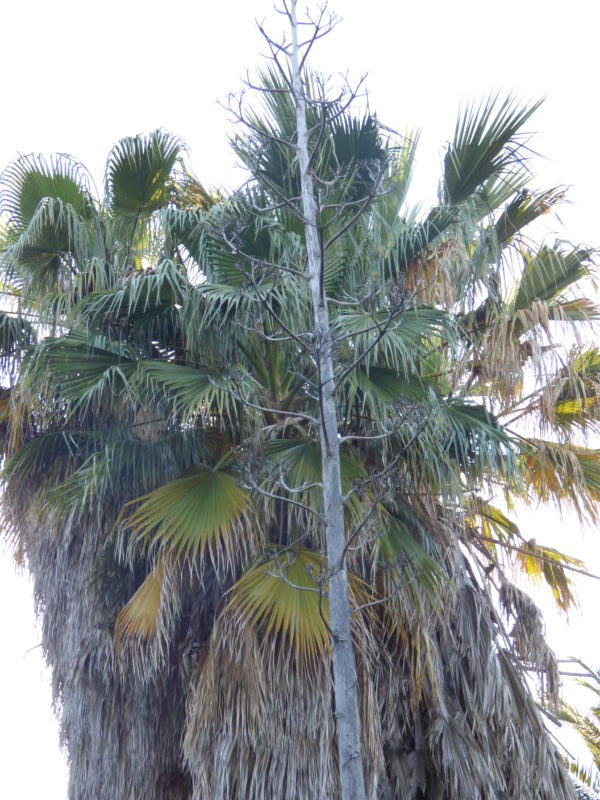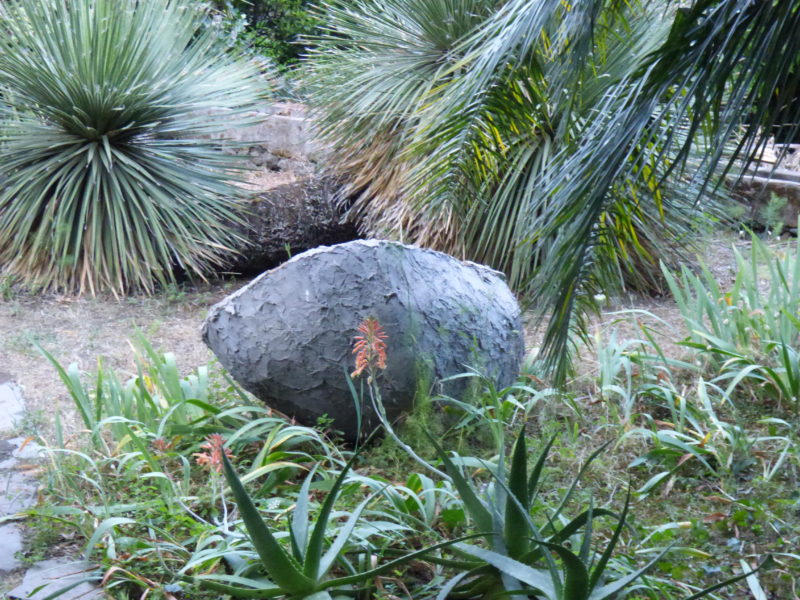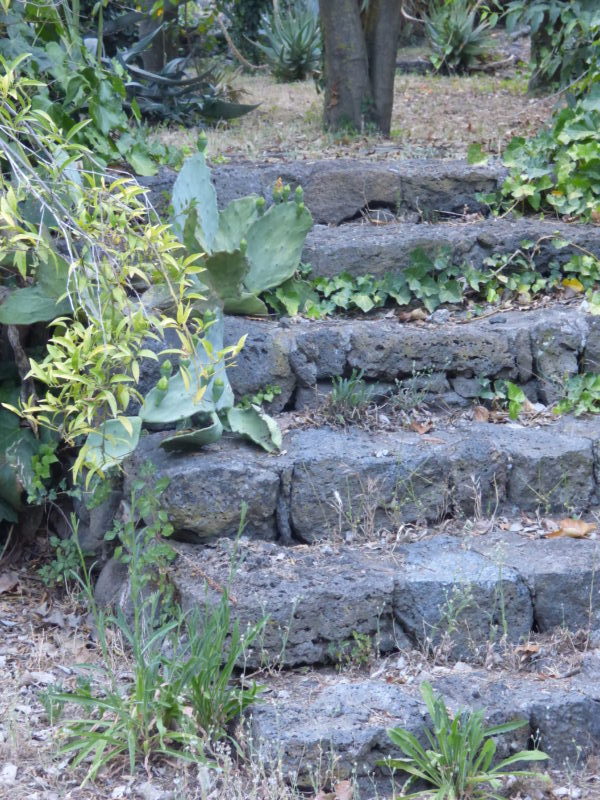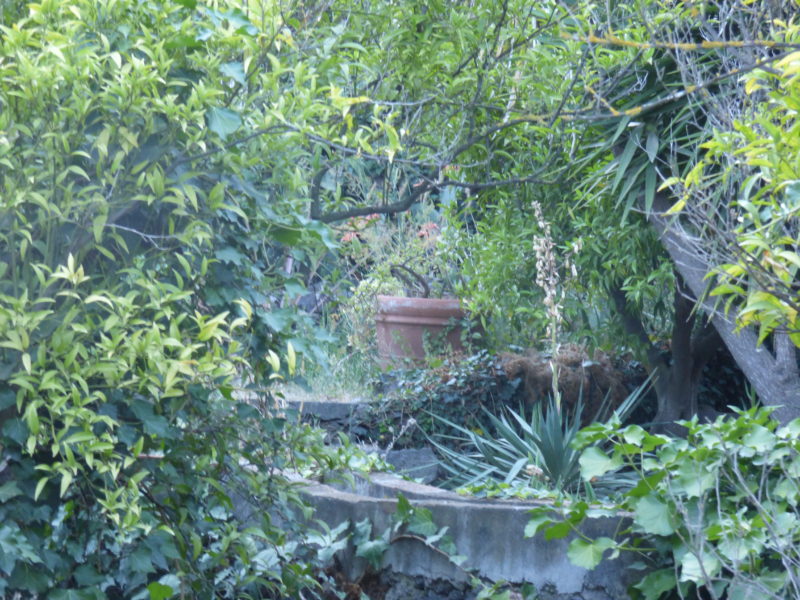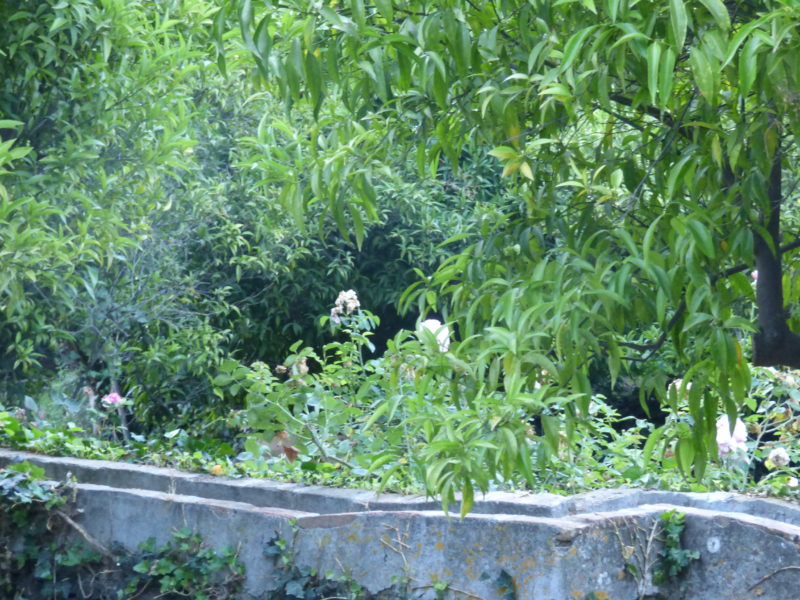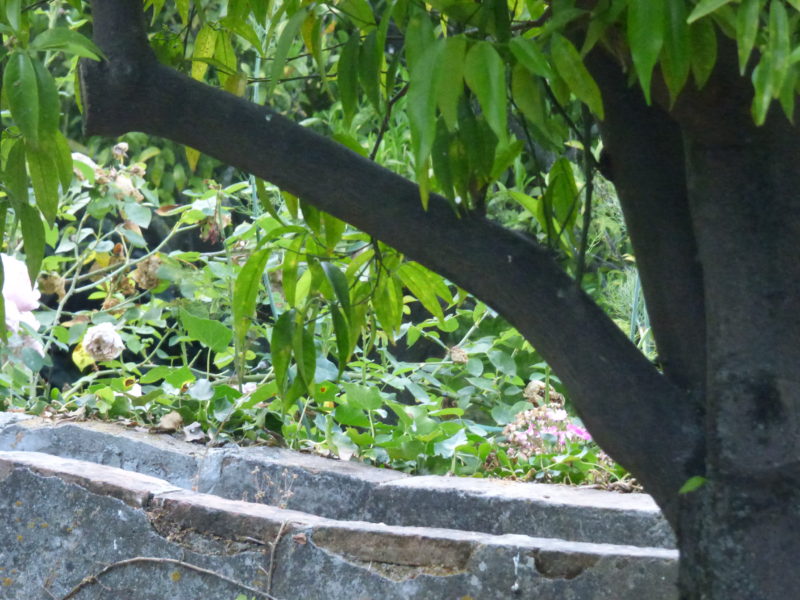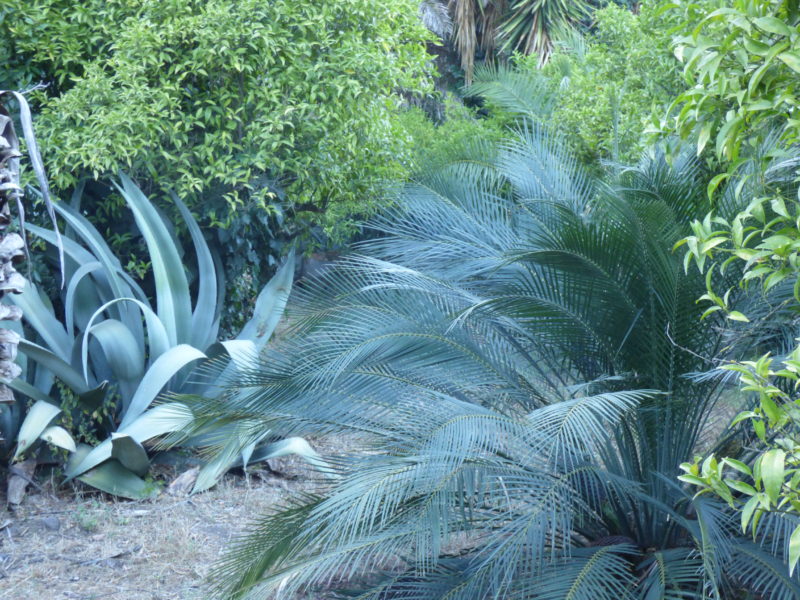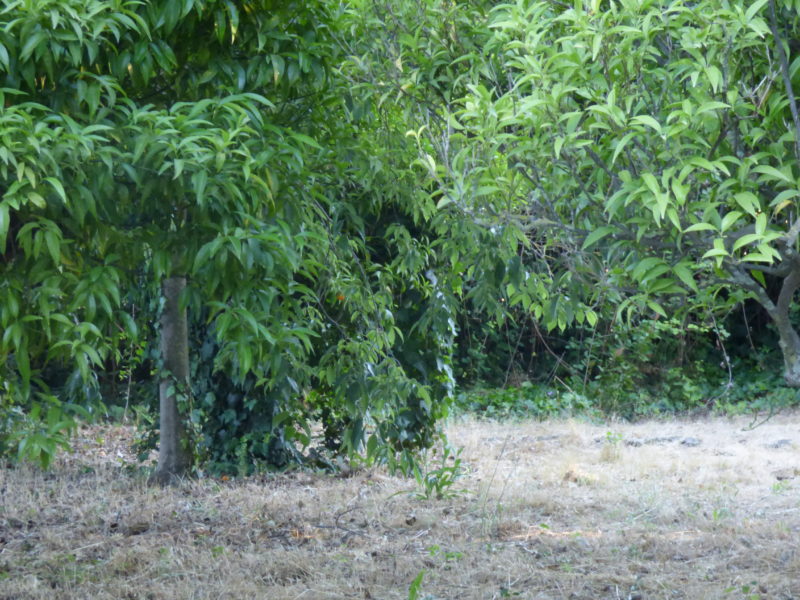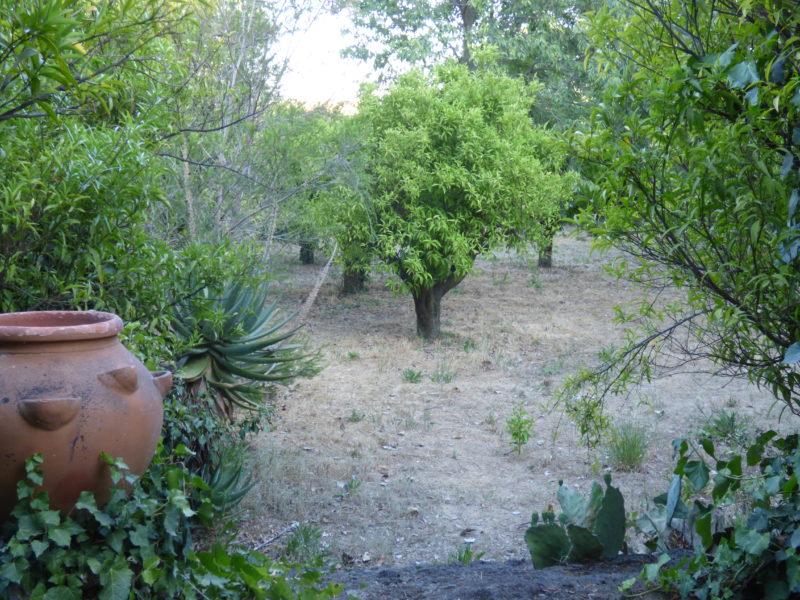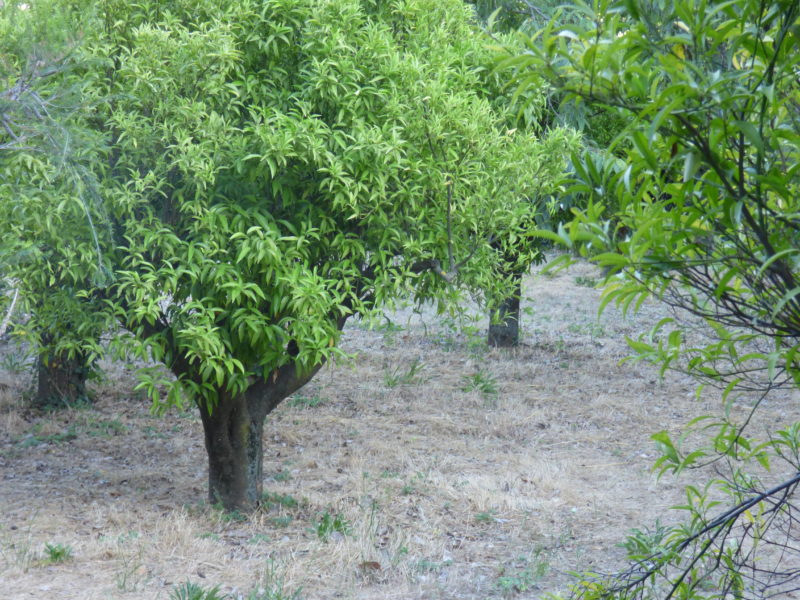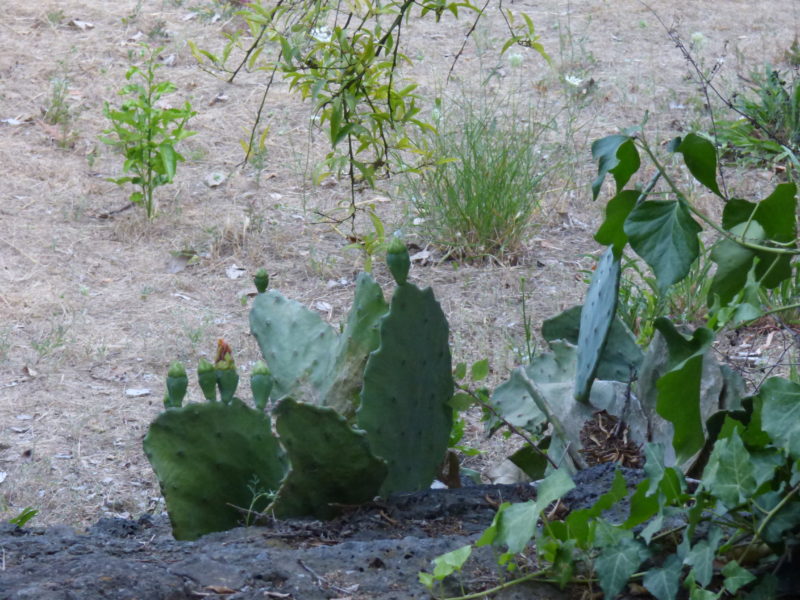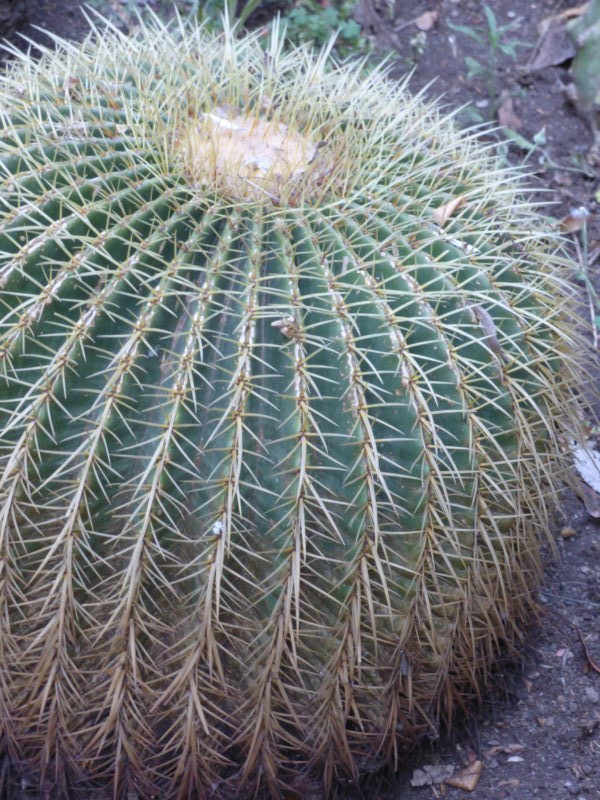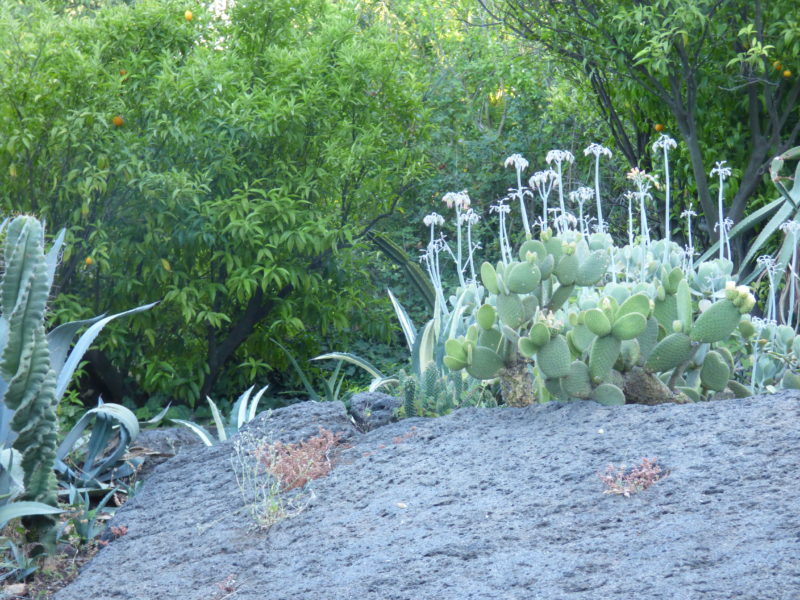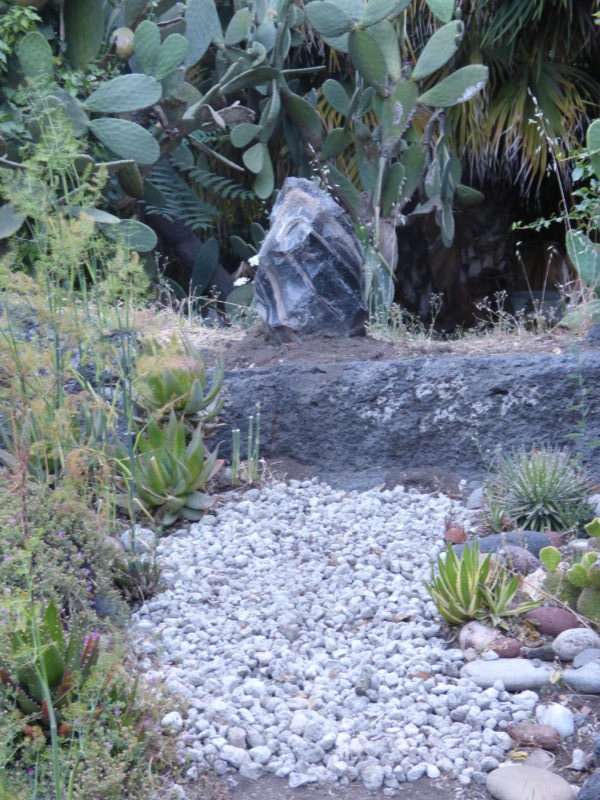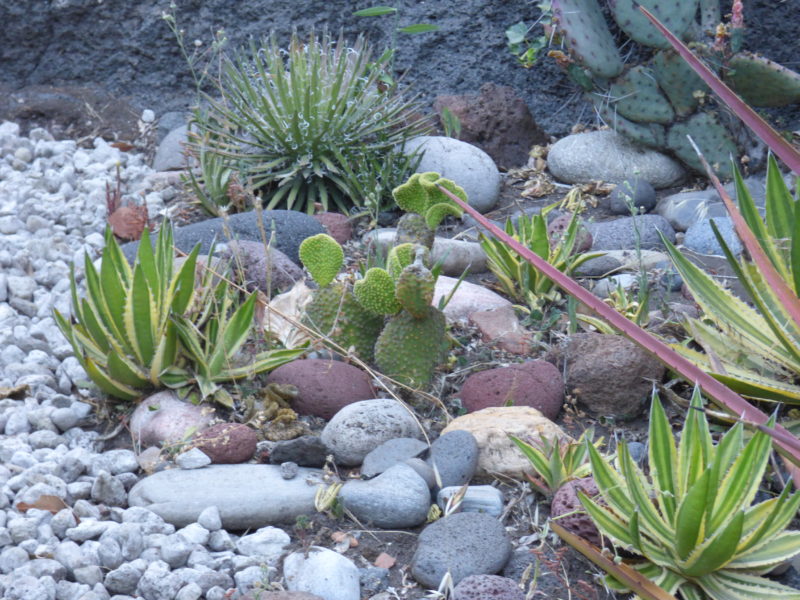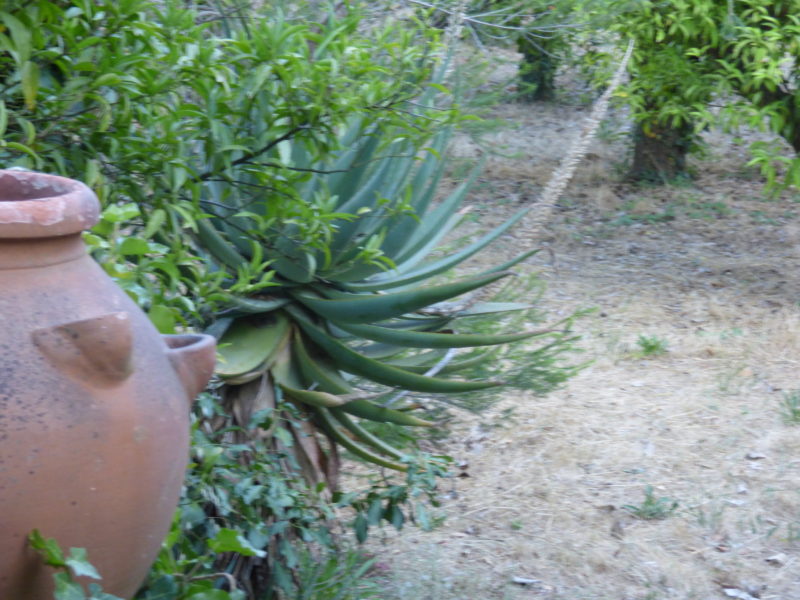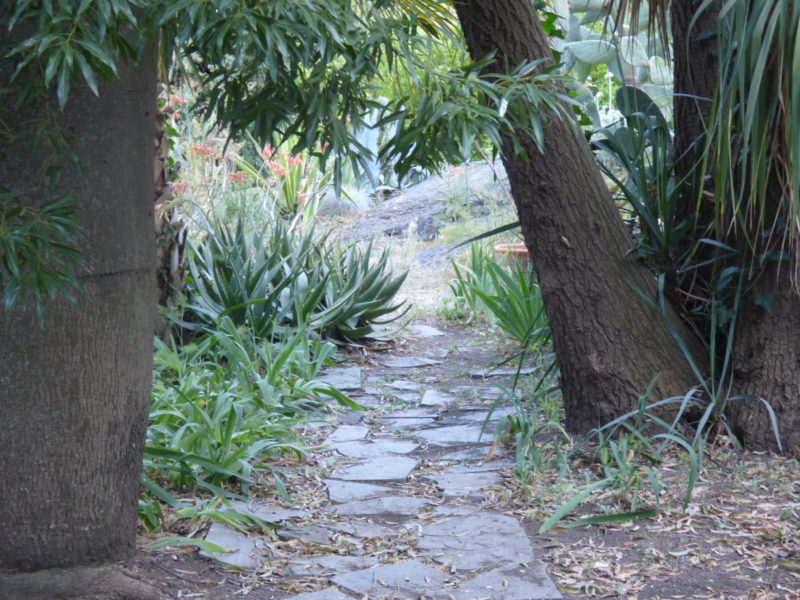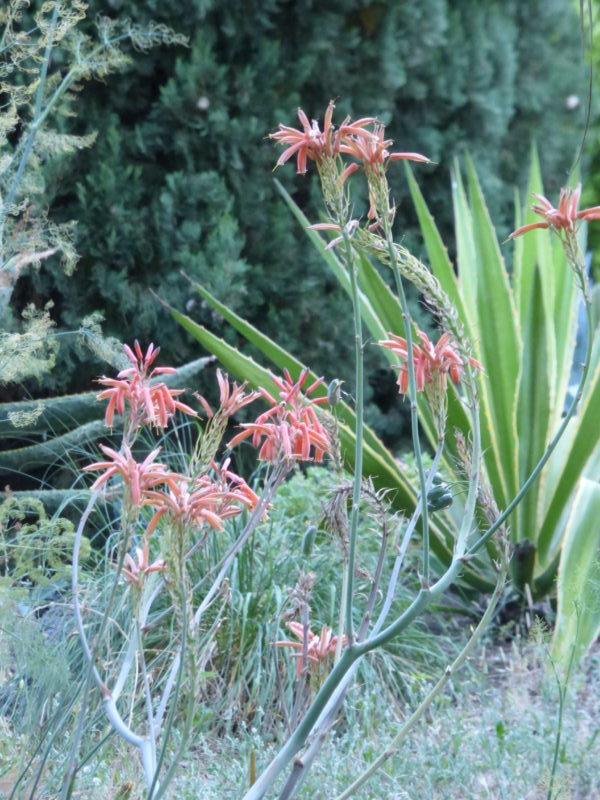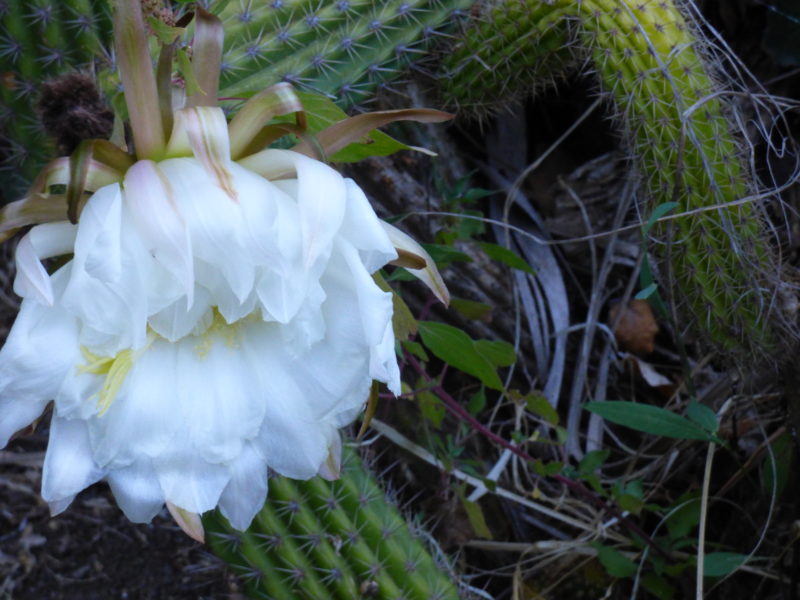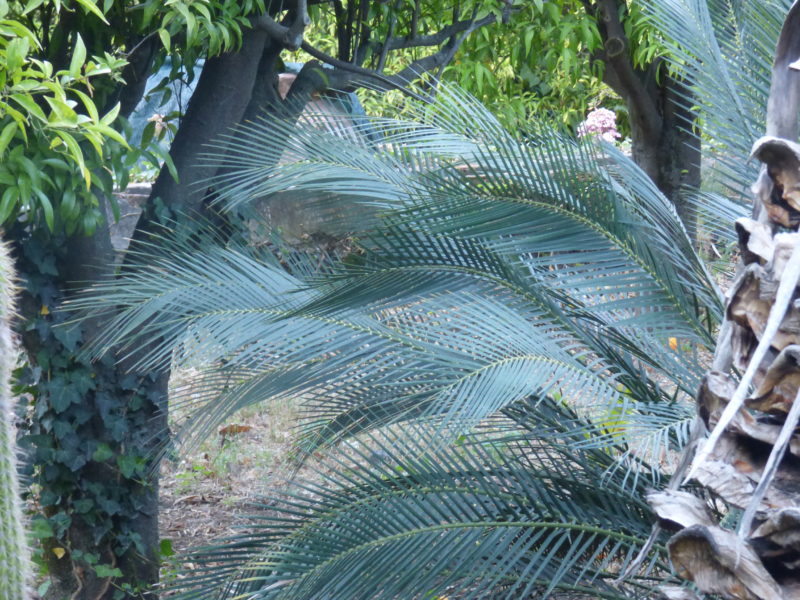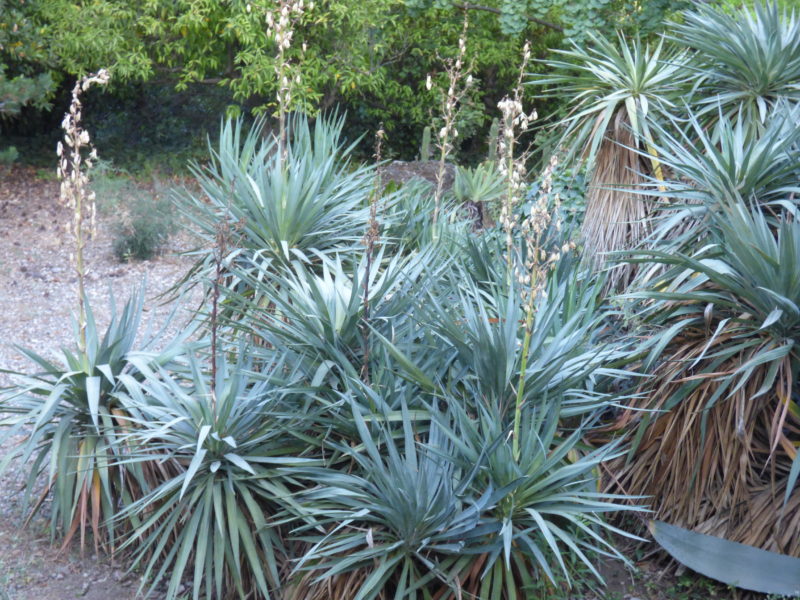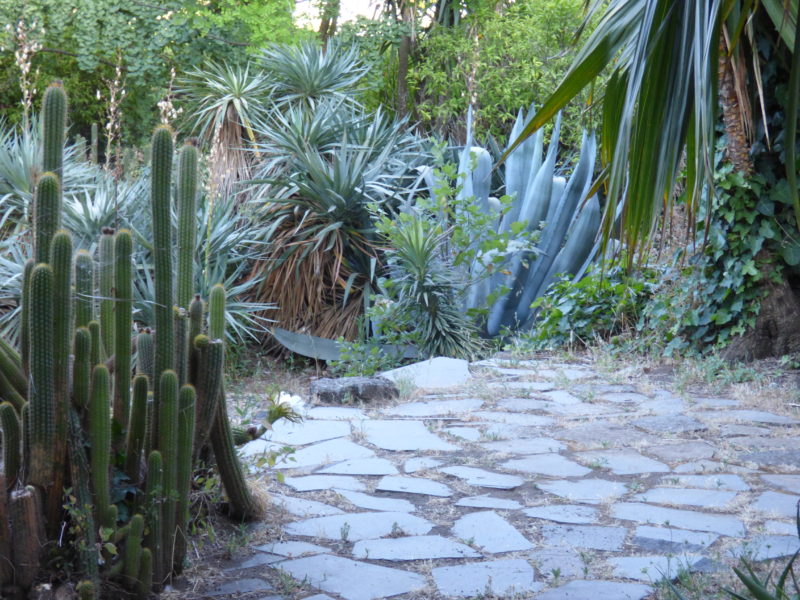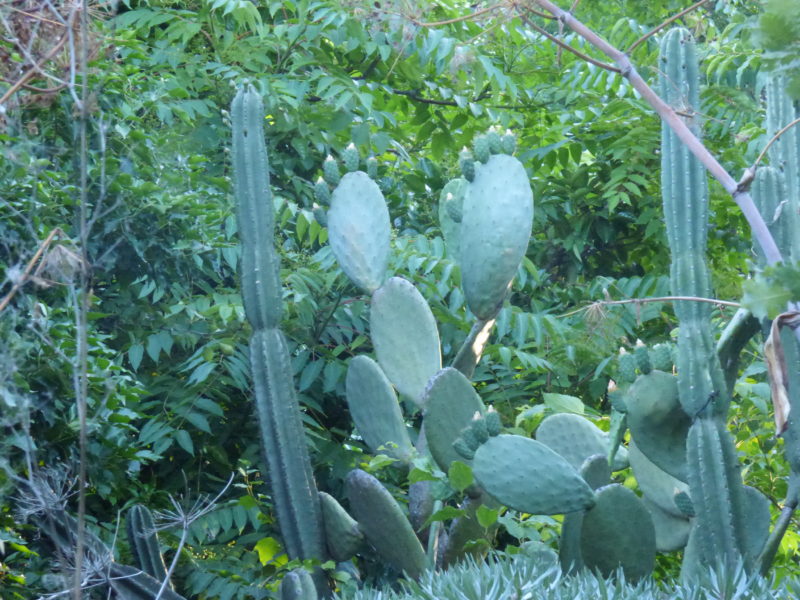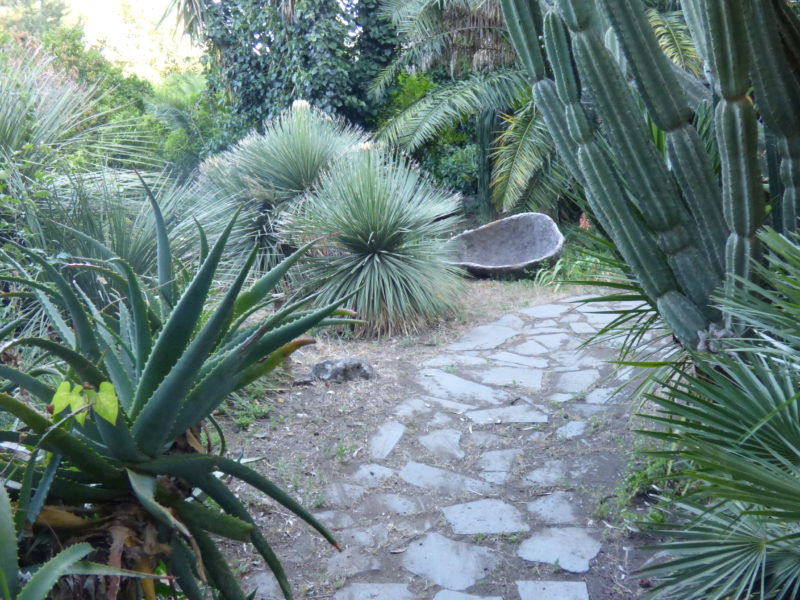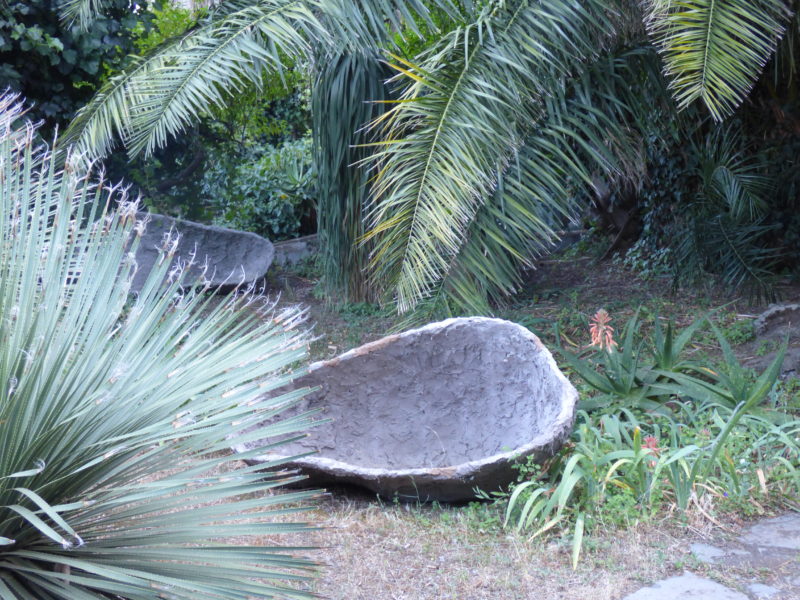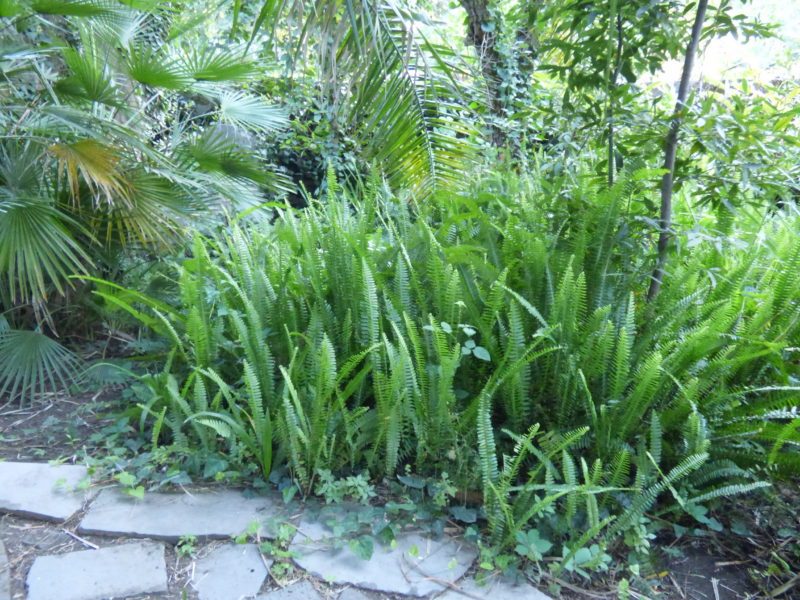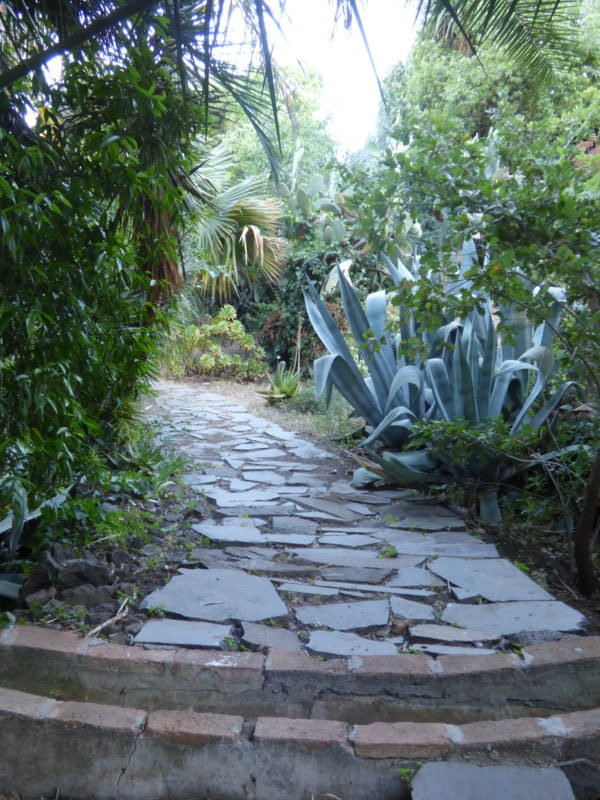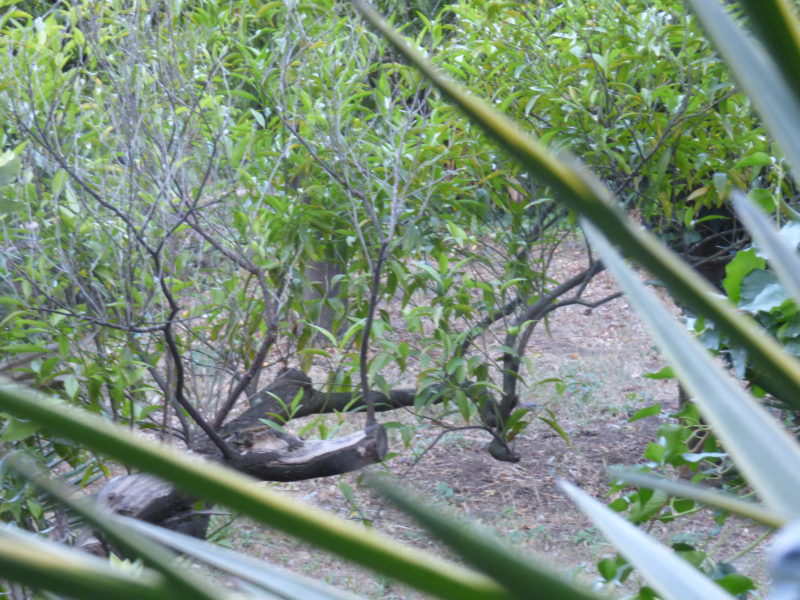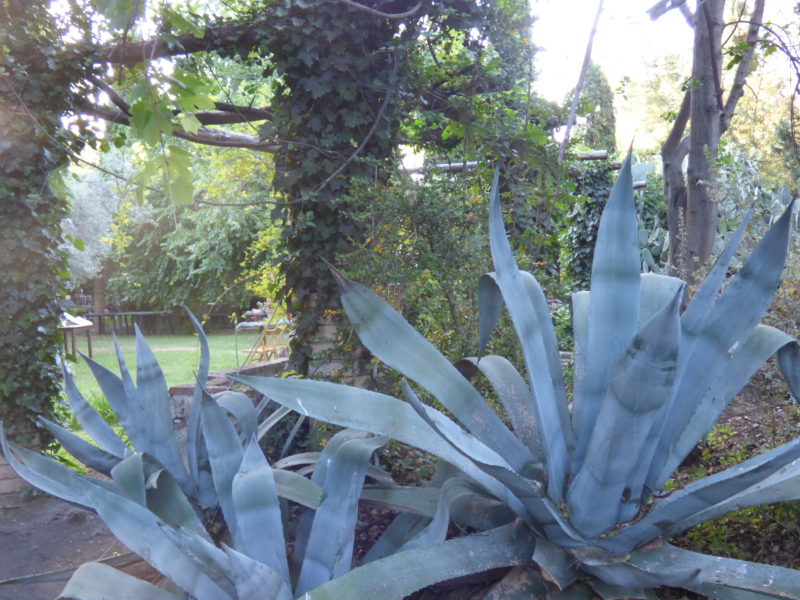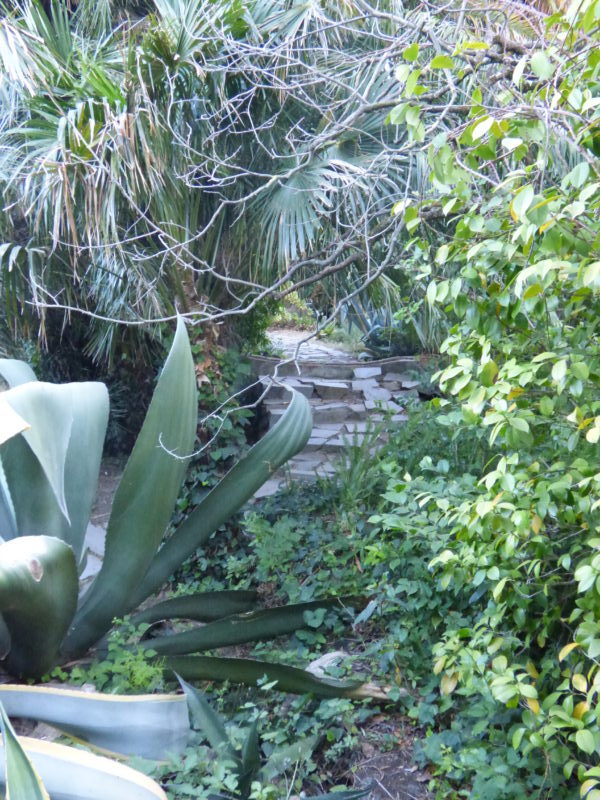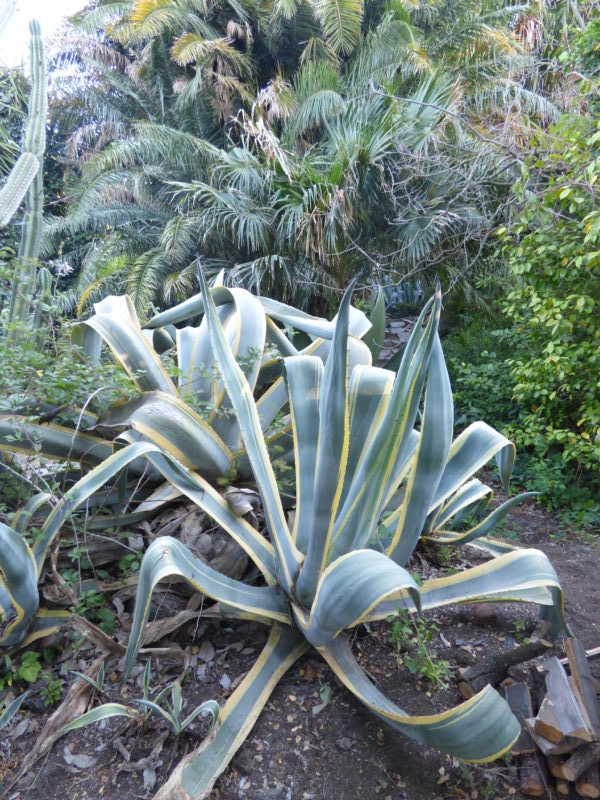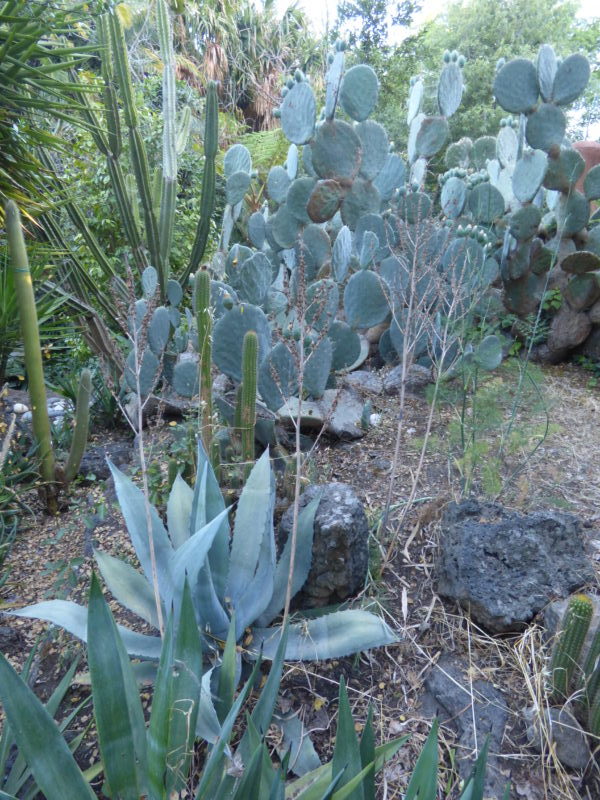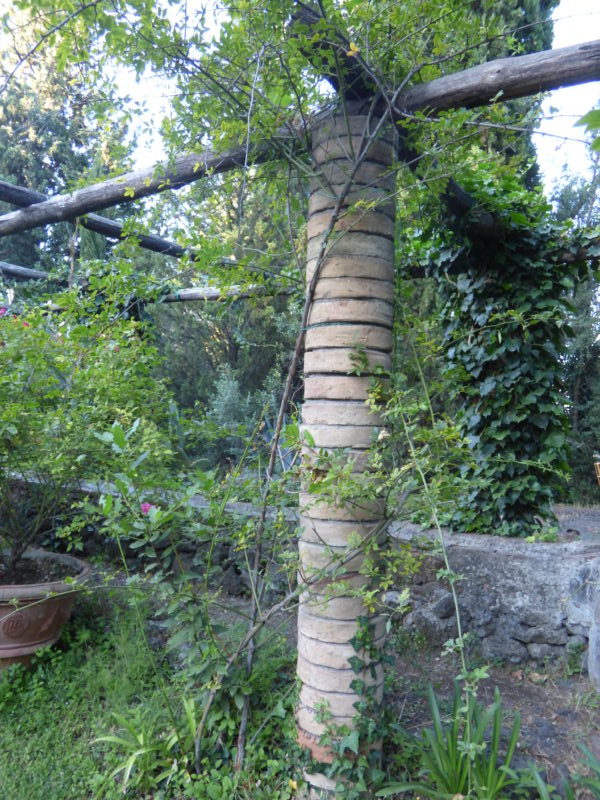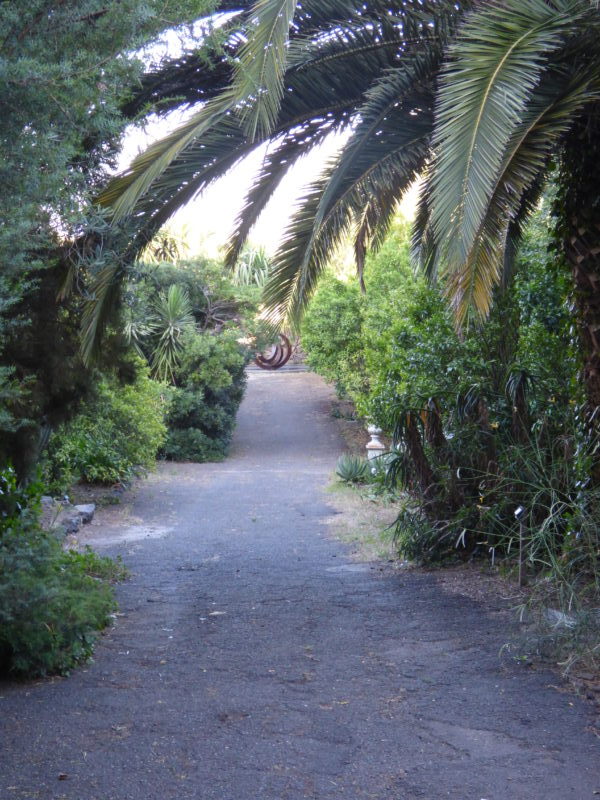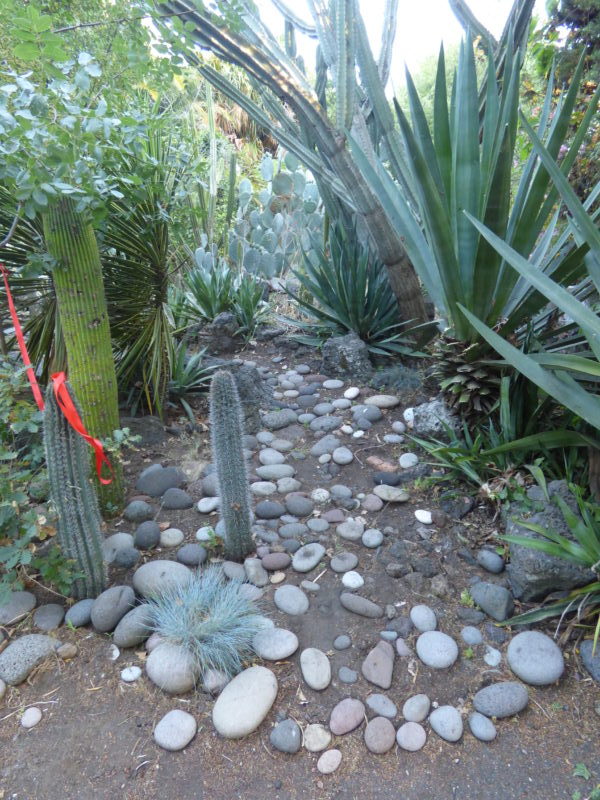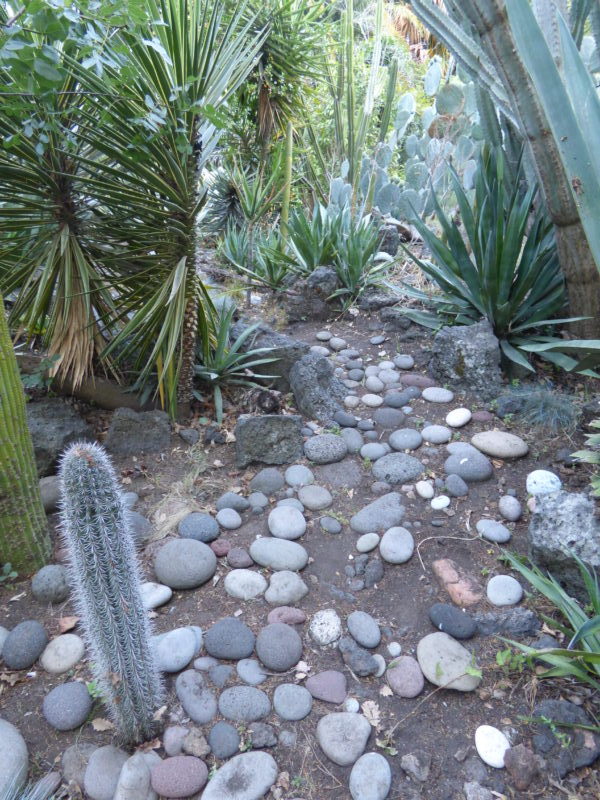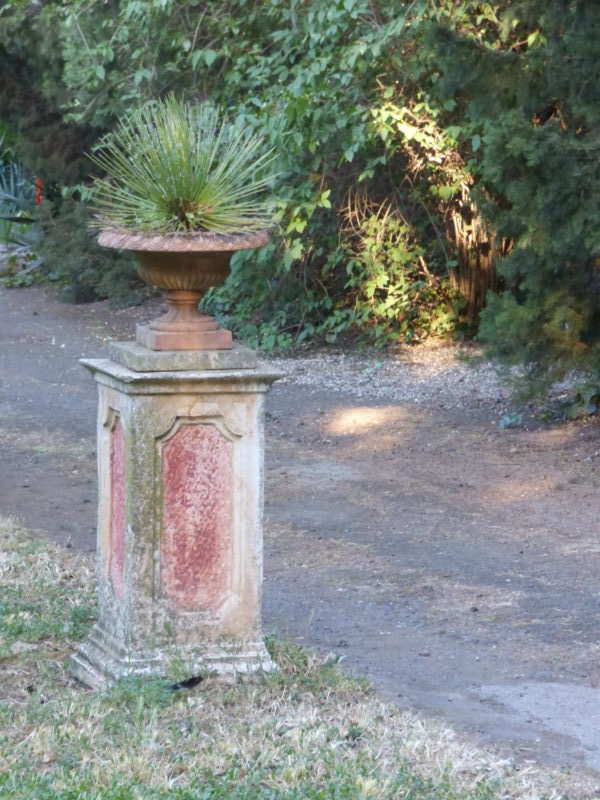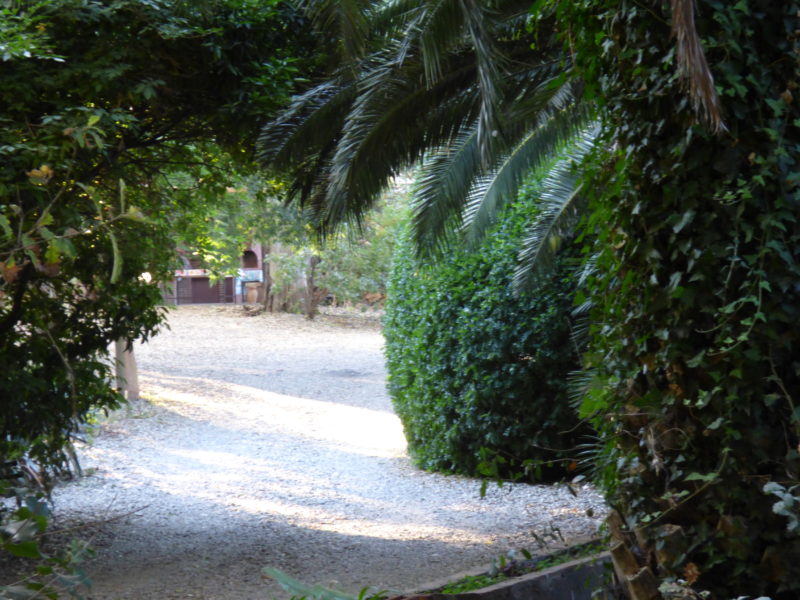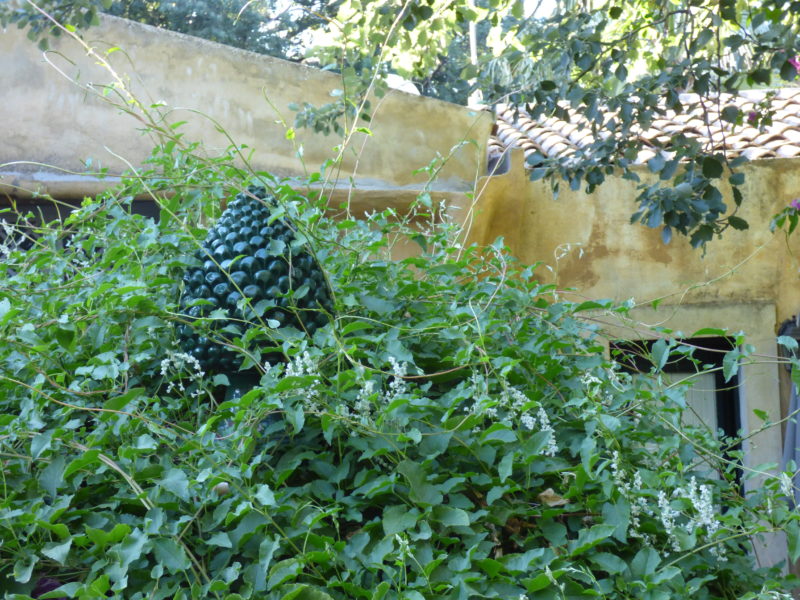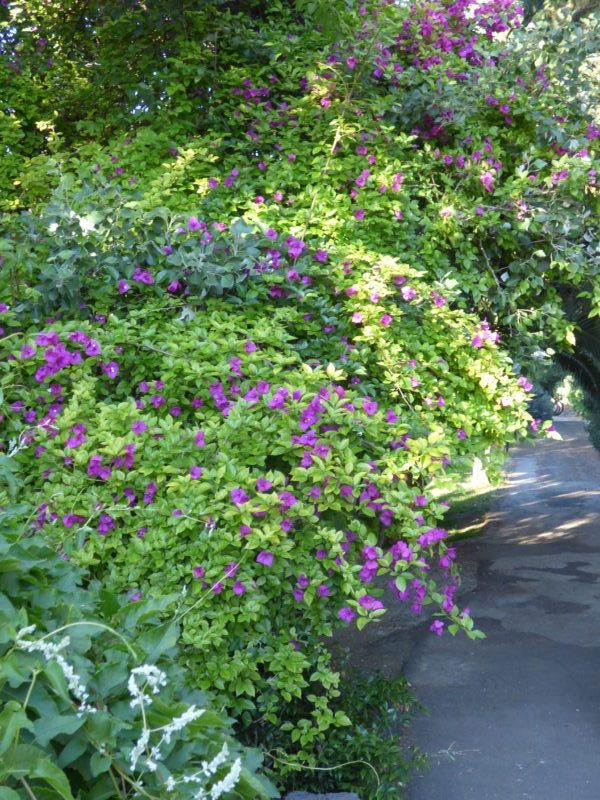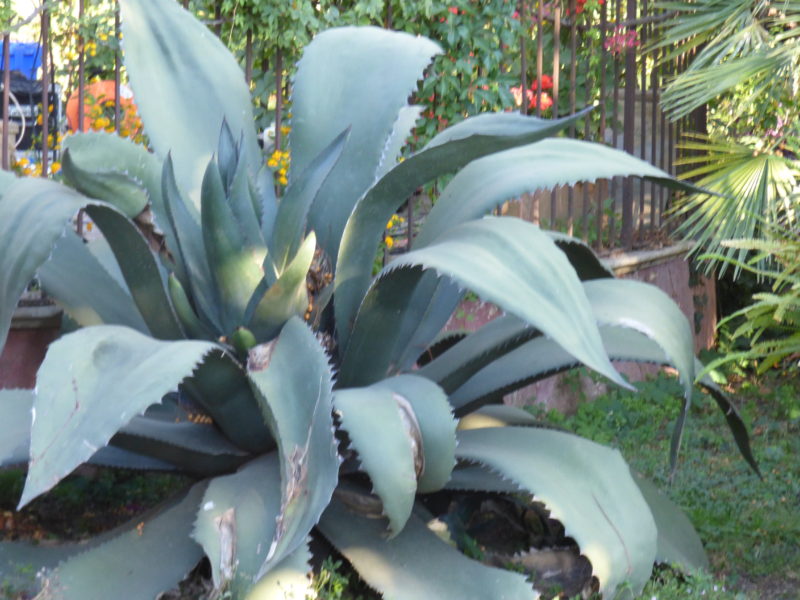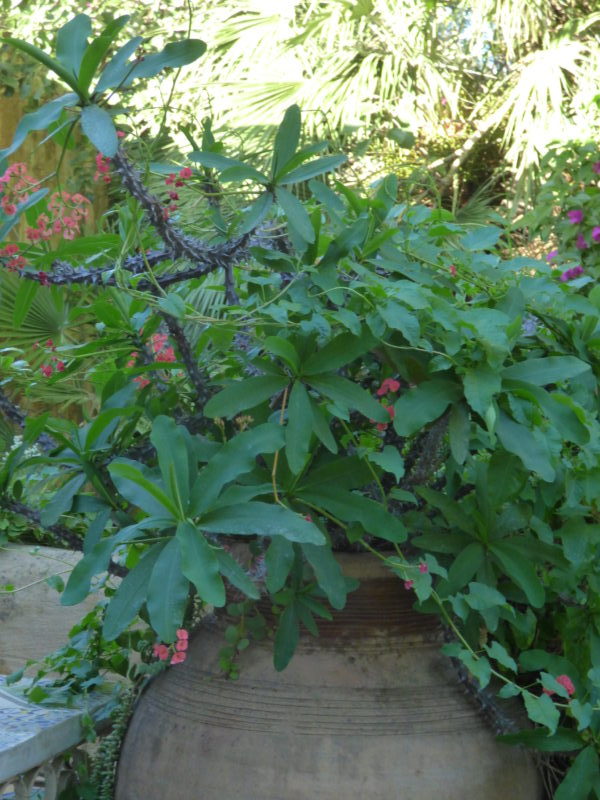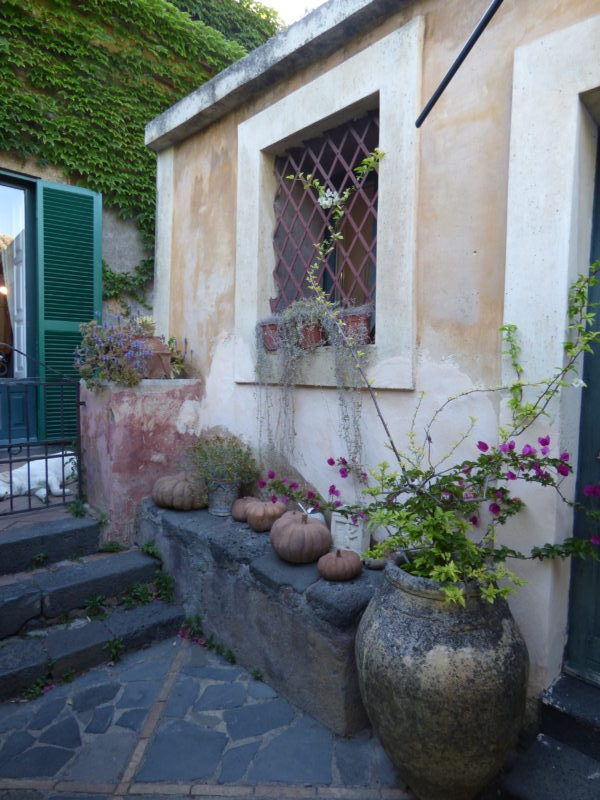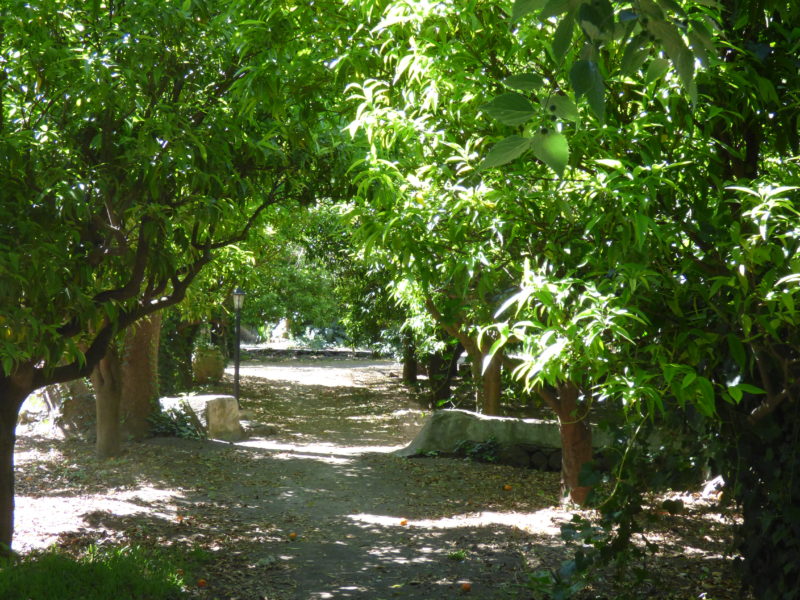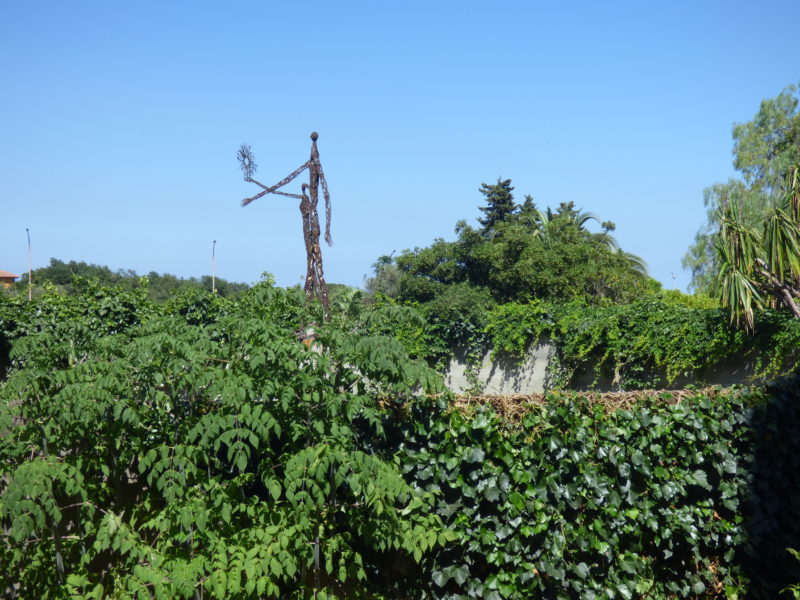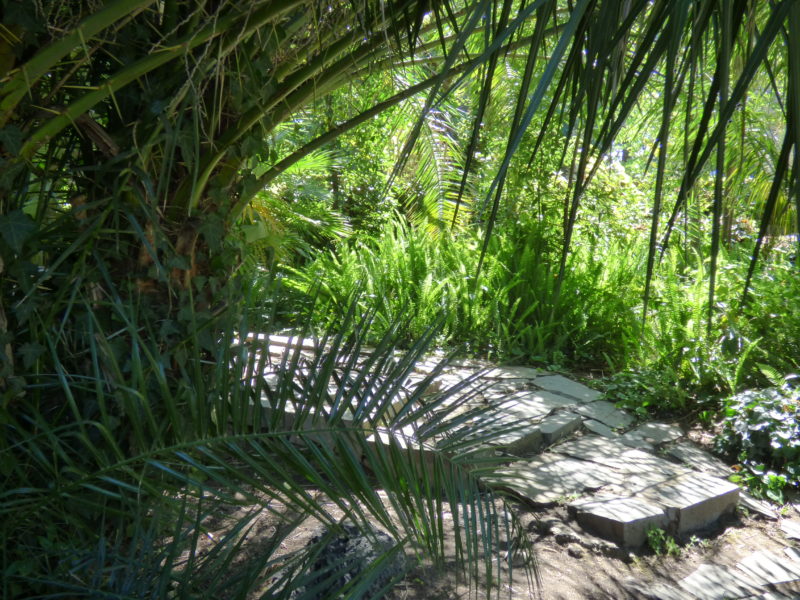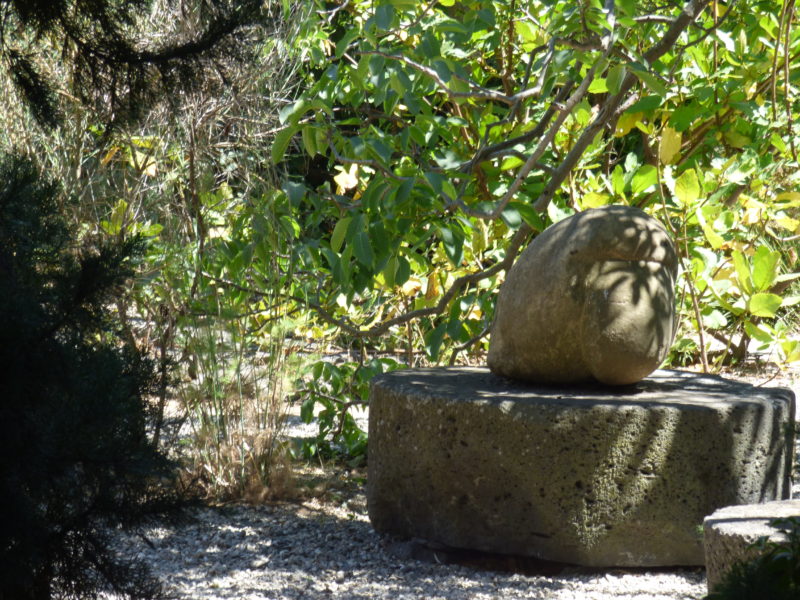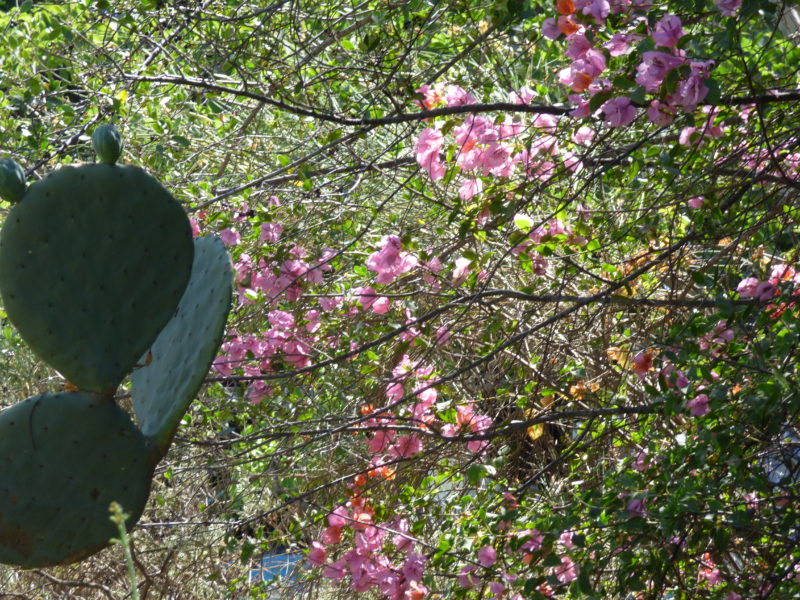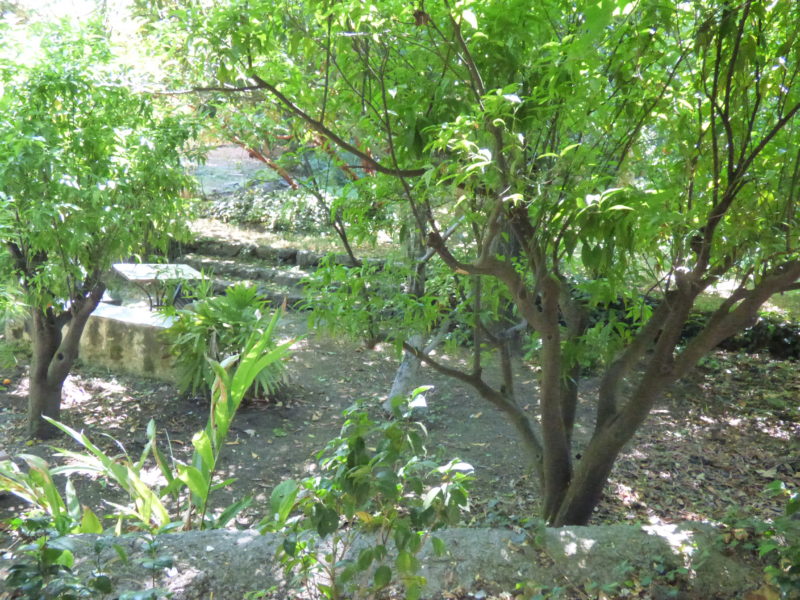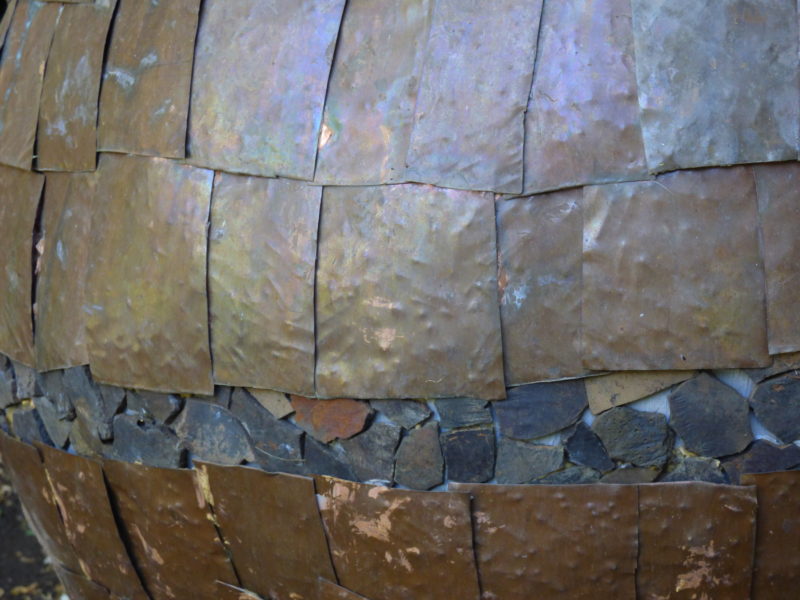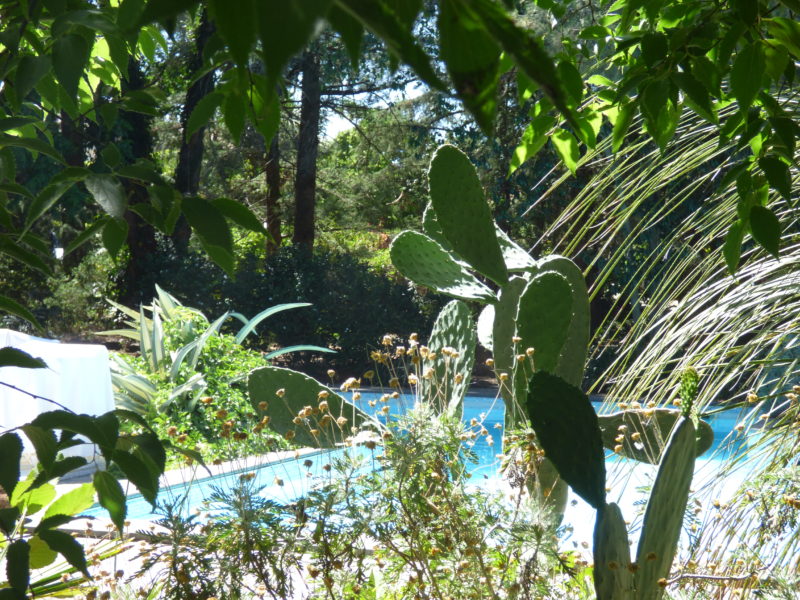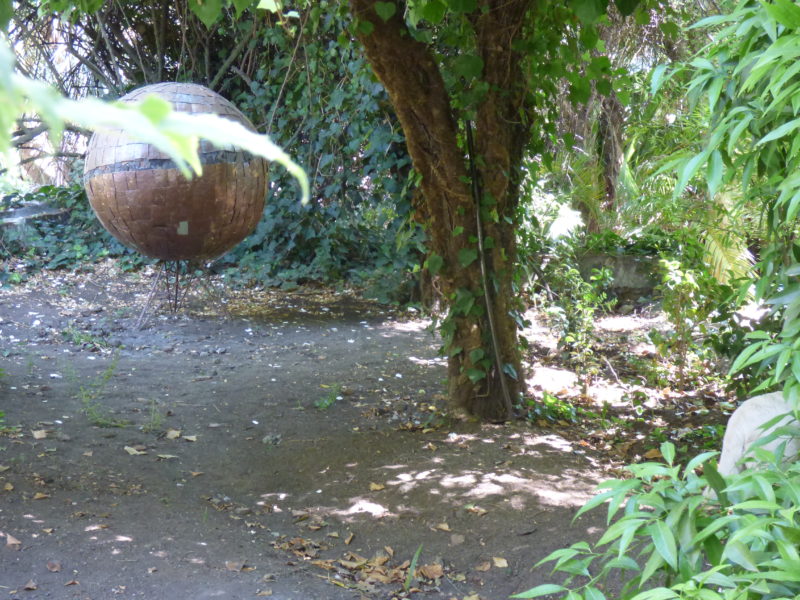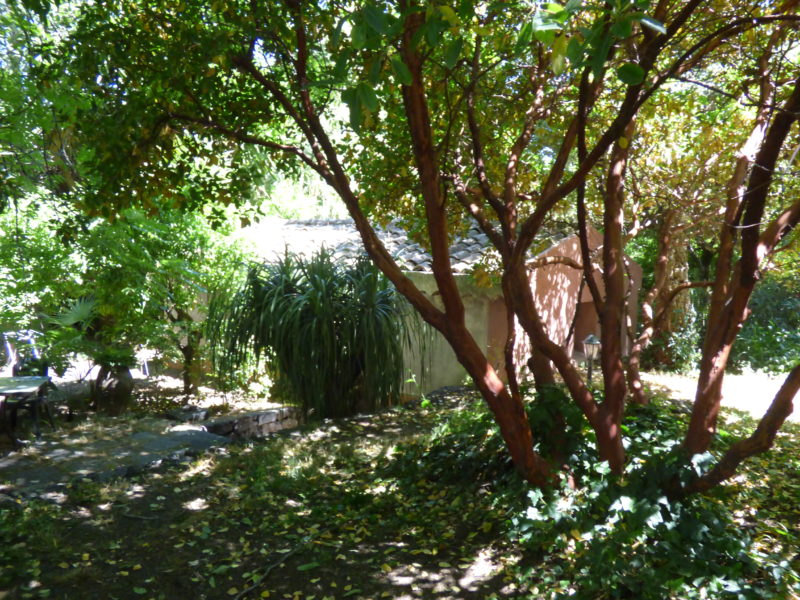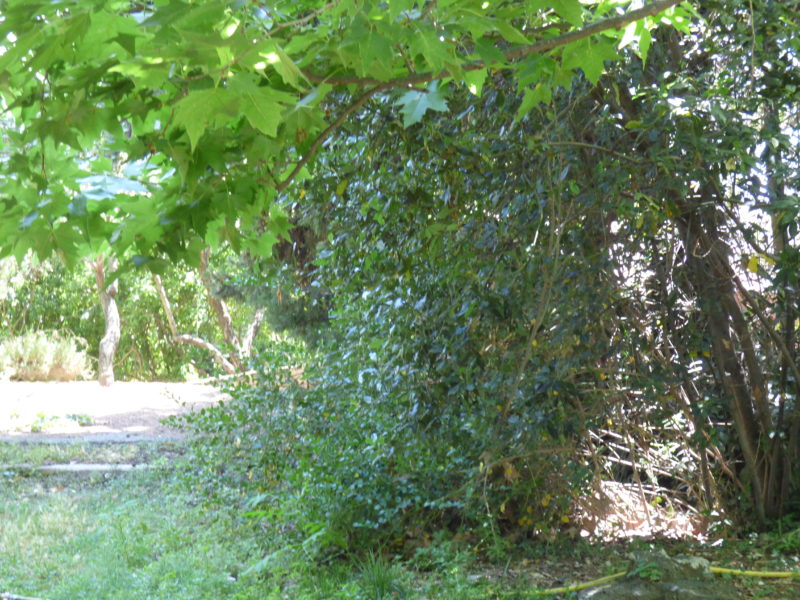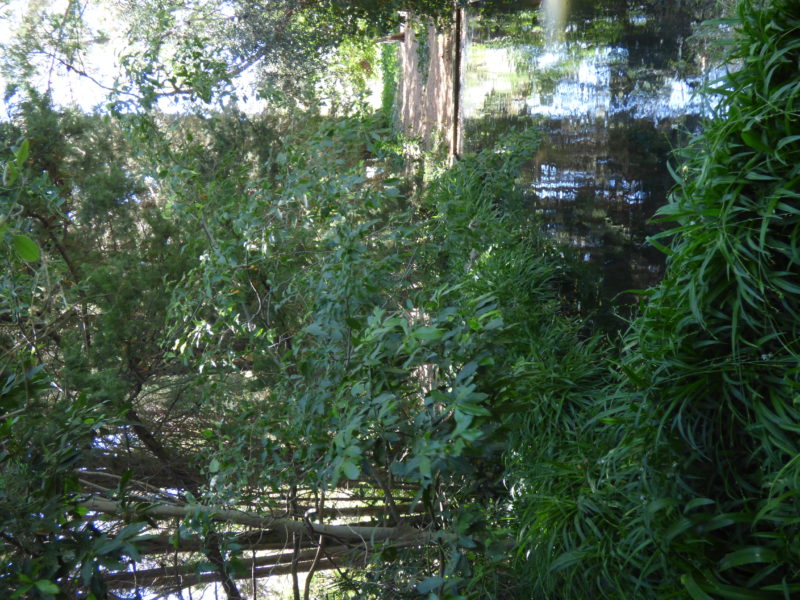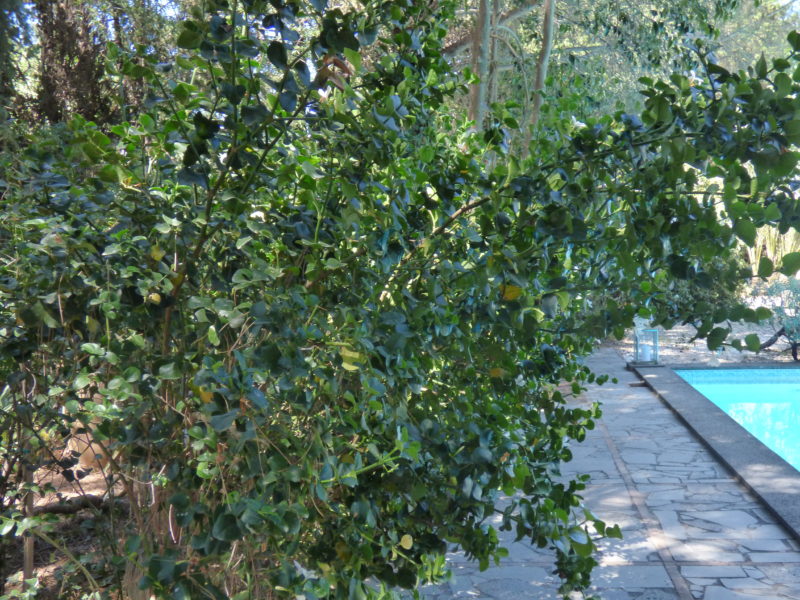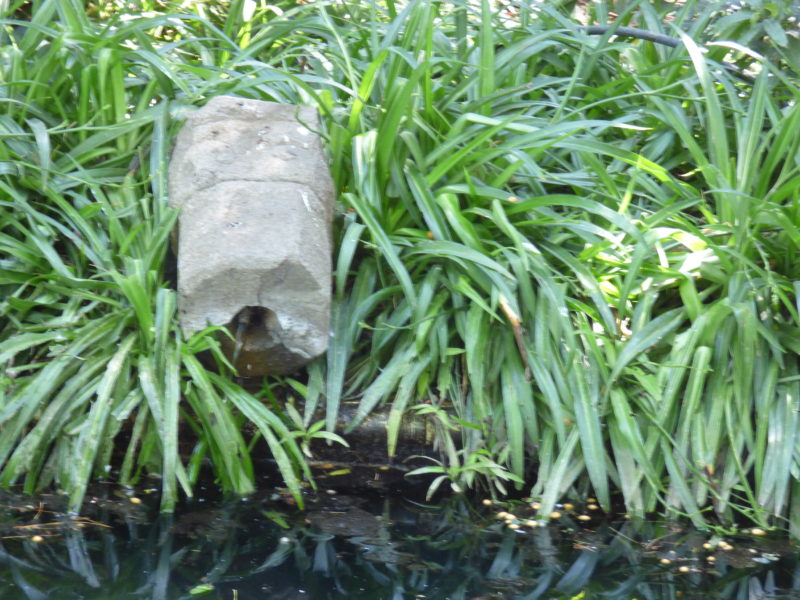
Garden of Villa Trinità – Etna Botanic Garden
This post is also available in:
 Italiano (Italian)
Italiano (Italian)
In Mascalucia, near Catania, at 1.476 ft above the sea, there’s Villa Trinità and its botanical garden. The owners, the Bonajuto family, have preserved it over time, safeguarding its very ancient features.
The villa was built in 1609, on the remains of Hellenic and Roman settlements and petrified lava flows dating back to 1382; the building takes its name from the nearby church of the Holy Trinity and was originally intended as a country estate, still retaining such typical appearance today.
Until 1800, the local main activity was the production of wine, which continued until the early 1900s: the time when the Bonajutos, coming from a wealthy aristocratic family, moved to the countryside to assist the winemakers.
In 1960, the cultivation of citrus fruits began and, from the 1980s onwards, the villa was used a permanent residence by its owners.
Plants
The garden covers about 7.4 acres, within the citrus grove, and was created by the current owner, Salvatore Boanjuto, an agronomist, landscape architect and painter, who strived to preserve the ancient heritage of this estate.
Among the petrified lava flows, the remains of ancient eruptions of the Etna Volcano, and the citrus grove, he planted exotic trees and shrubs, groups of palms and succulent plants. Just to mention a few of them, there are several specimens of agave, aloe vera, Cycadaceae and Cactaceae from all over the world, iris, Chorisia speciosa (which stands out thanks to its spiny trunk), Peruvian pepper trees (Schinus molle), a collection of oaks (Quercus spp.), pistachio (Pistacia lentiscus), rowans, blueberries, Crataegus azarolus, and sage.
According to the Sicilian tradition, there are also many fruit plants: barbary figs (Ficus indica), Japanese persimmons (Diospoyros kaki), English walnuts (Juglans regia), pear trees, a collection of 18 Sicilian varieties of figs (Ficus carica).
An area dedicated to the Mediterranean scrub, around an ancient hackberry (Celtis australis), has now reached a very large size.
The irrigation of some crops takes place through the “saie”, special ditches dug in the ground; the paths are the traditional ones paved in stone and called “rasule”; a natural lava stone basin, called “gebbia”, collects rainwater and attracts birds, especially cranes, on their regular migrations.
It is a garden full of charm, lights filtering through the foliage, shady corners, stones, lava steps, braziers, old furnishings, ancient artefacts, and contemporary sculptures.
The art in the garden
In recent years, Salvatore Bonajuto has been enriching the garden with sculptures and other works by contemporary artists, including “Le Orme”, by Gino Casavecchia, “Gusci”, by Marco Nones, “Ombra della sera” and “Cubo con sfera”, by Cosimo Allera, as well as “L’Oiseau Rouge”, by Jacques Baslére.
The market exhibition
On the second weekend of June, the garden of Villa Trinità hosts a special market exhibition of plants and furnishings for the Mediterranean gardens called “Dove fiorisce la Jacaranda”.
Courses
Visitors can attend Sicilian cooking courses or agricultural activities, depending on the season, such as grape, olive and citrus harvesting.
Hospitality
Villa Trinità includes a delightful farmhouse inside the Etna Botanic Garden, which offers two bedrooms and six apartments.
This post is also available in:
 Italiano (Italian)
Italiano (Italian)
Contatti
Via Trinità 34 - Mascalucia(CT)
095 7272156
info@aziendatrinita.it
Altre info
Biglietto 8 euro
Aperto tutto l’anno, anche per piccoli gruppi

